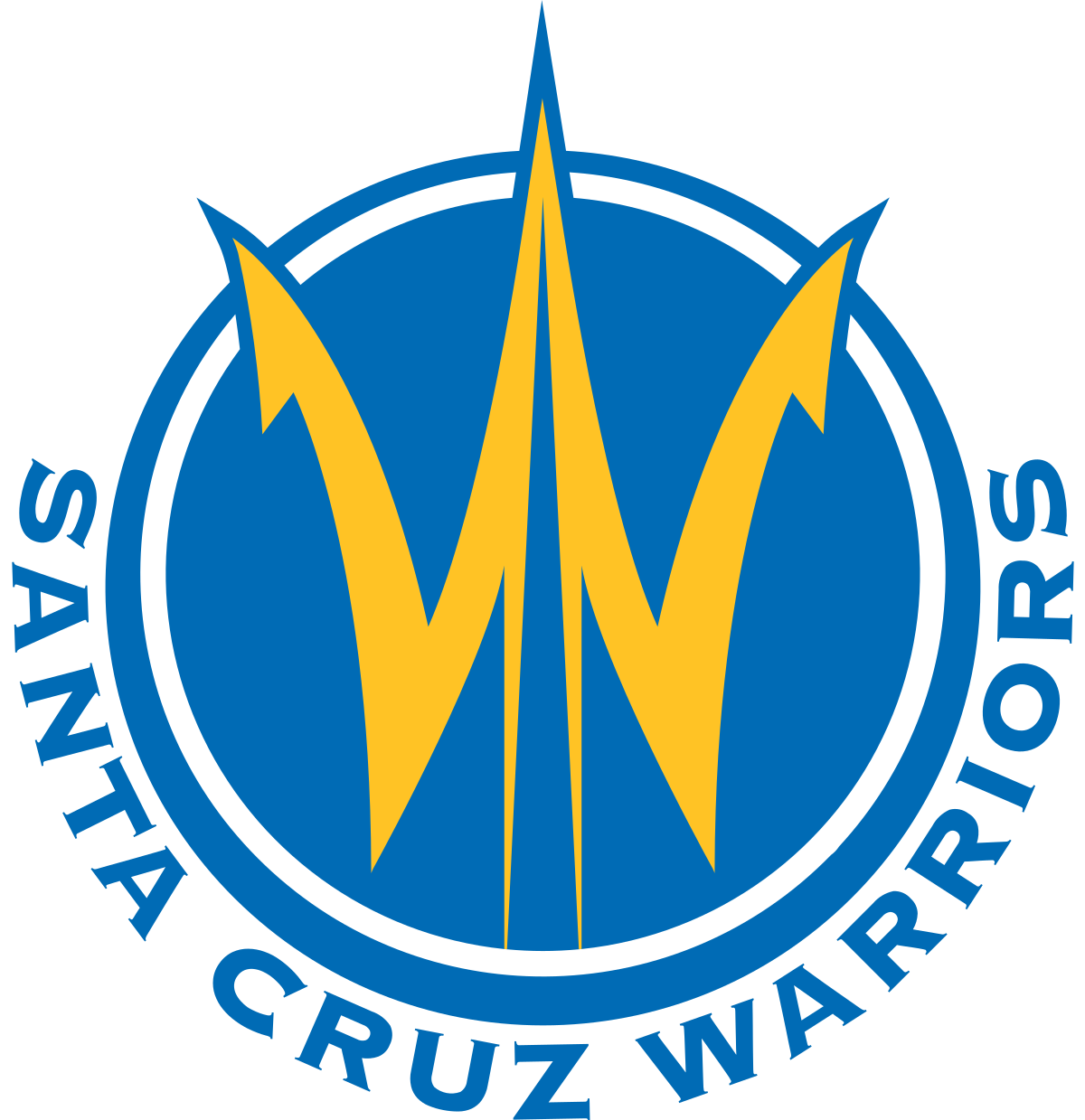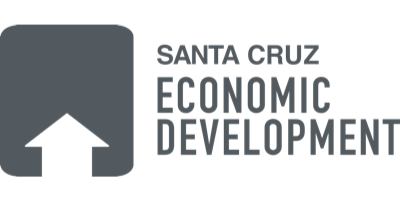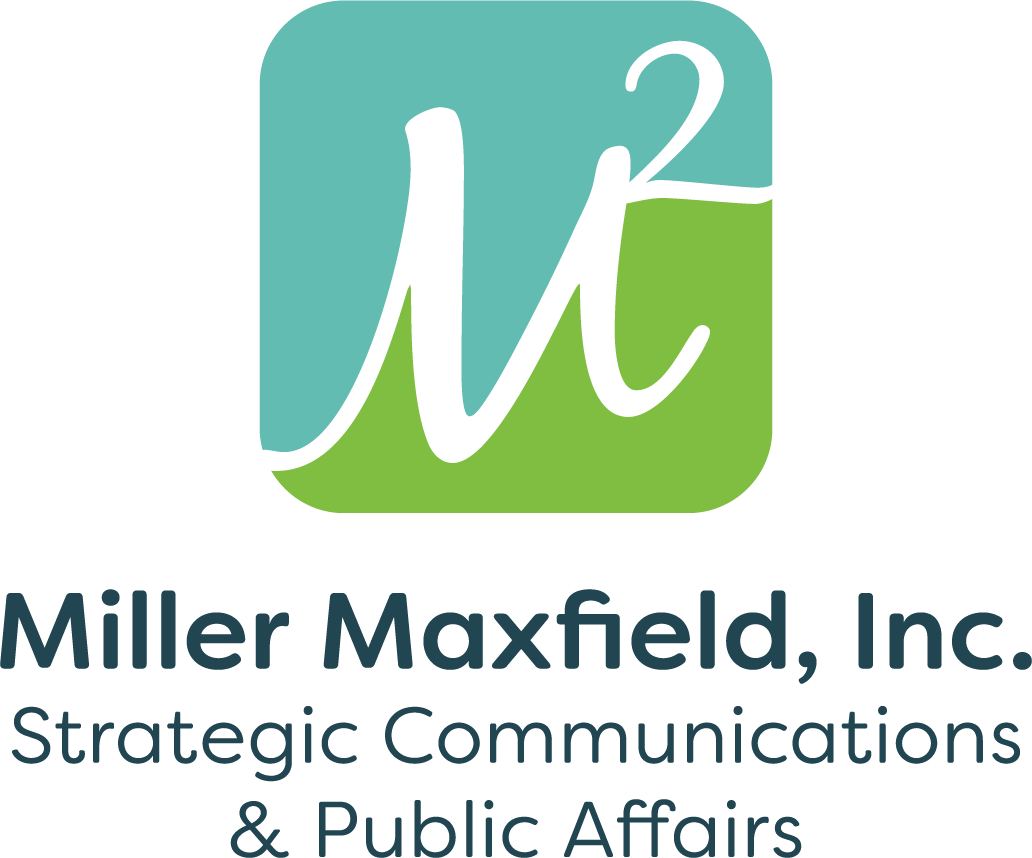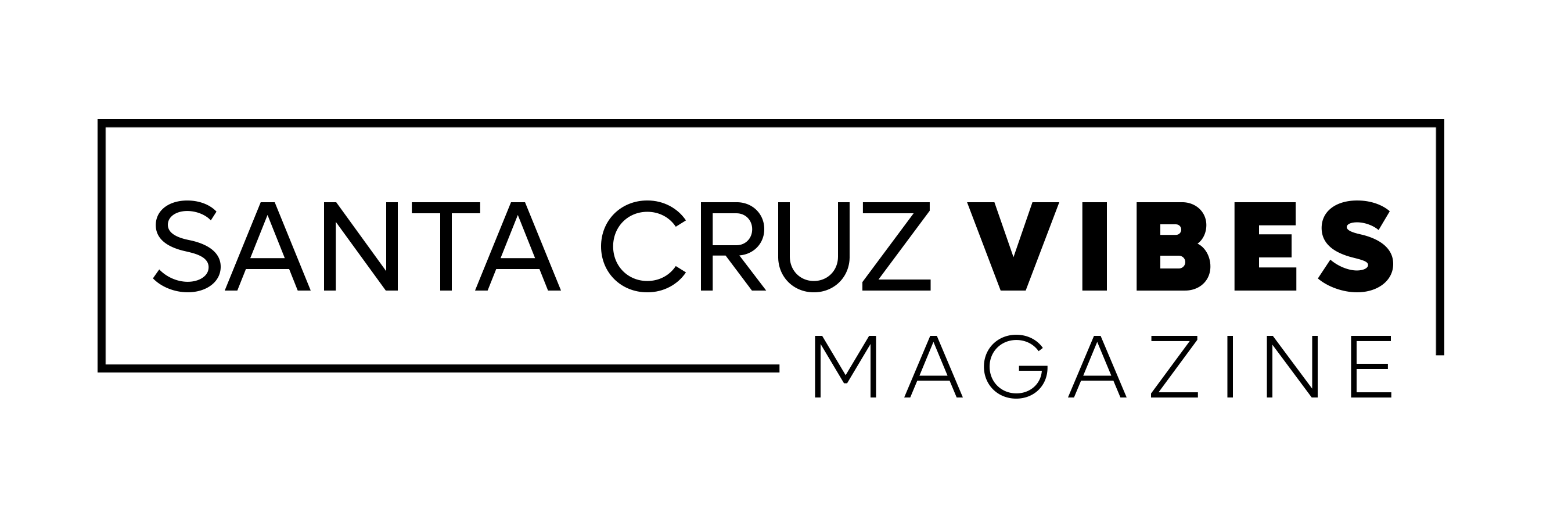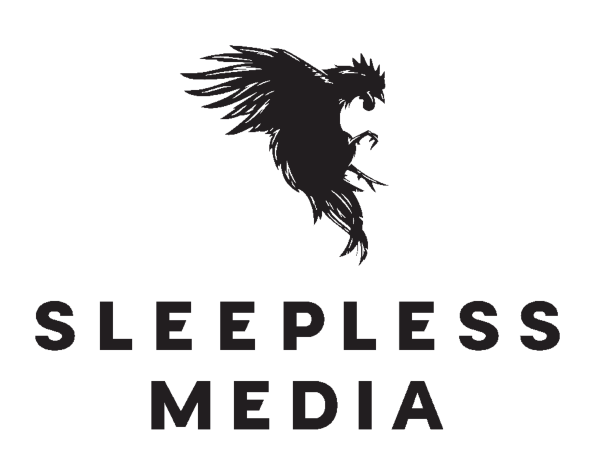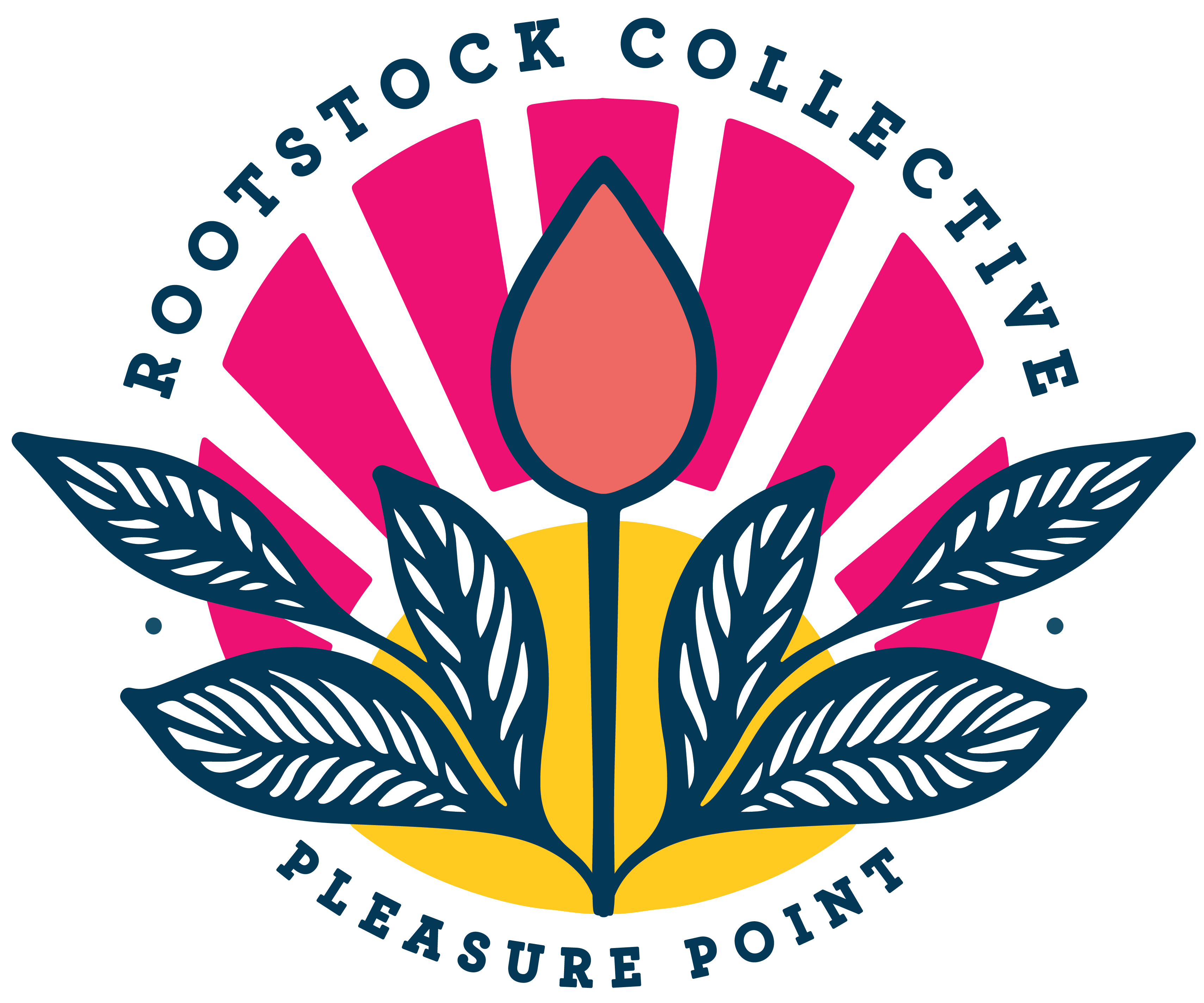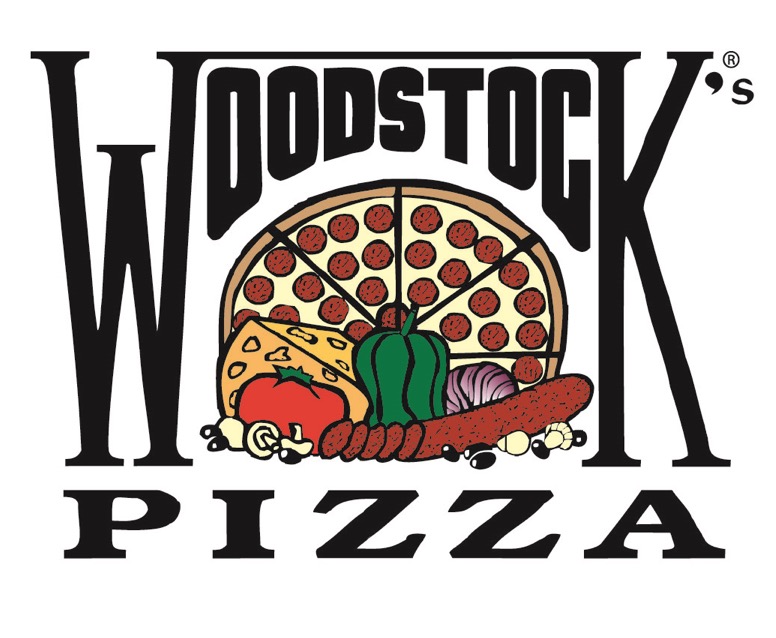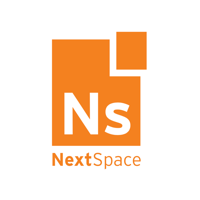Last March I had a chance to sit down and interview Sean Tario, CEO & Catalyst of Open Spectrum Inc. In the following interview, he talks about his path from tech consultant to entrepreneur, his take on the local tech scene, and why he’s got his heart set on making a $10 million Tech Fund a reality for Santa Cruz.
Matthew Swinnerton: So Sean, how did you personally get into the tech space?
Sean Tario: I got into technology because growing up my father was always working for different companies that would manage the processing of buy/sell transactions on the major financial exchanges.
He had his own firm, Transaction Services, for a number of years, then moved on to work for a number of the large banks that had in-house clearing exchanges, such as Schroders, Bank of New York, Citigroup, etc. The technology leveraged at these companies was always cutting edge, and the exchanges were started to adopt technology to clear orders faster through the Chicago Board Options Exchange, Chicago Board of Trade, New York Stock Exchange, NASDAQ, etc. He always had teams of systems, data base, network and application engineers working with him and around him as a result.
He would bring computers home and tell me, “Sean, figure out how to work this thing so you can teach me.” And so I would play around with it and end up breaking it and needing him to take it back to work to have his guys fix it and send it back. Eventually, I would figure things out or he would simply have me call or visit with the engineers at his office to walk through what to do. This was back when the DOS prompt was the first thing that you saw…
So, that’s a big reason why I became a geek. I will always remember trying
to get onto the Internet, and taking the phone cord and just plugging it, jimmying it into the back of the computer, not knowing yet that I needed a modem.
Swinnerton: What year was that?
Tario: That was ’91 or ’92. Very early on. I heard about this thing called the Internet, and jammed the phone cord into the back of the PC. It didn’t work, and I couldn’t for the life of me figure out why… I started to get to know the super geeky kids at school, and they told me about this thing called a modem.
Another piece of the equation was that I’ve always been a gamer. My family nickname was “Gameboy” growing up because I was always either playing Atari, Gameboy, Nintendo, Sega… so, yeah, I’m a big gamer, still a big gamer, I love video games.
Swinnerton: I want to get your take on the start of the current tech scene here in Santa Cruz. Before NextSpace, before the Geeks List, before TechRaising, before Cruzio, how did this whole thing start, from your vantage point?
Tario: So, I mean we definitely did not start any kind of tech scene. Because of Borland, and because of a handful of the other companies, there is a very rich history of technology in Santa Cruz. So, in no way do I think we can claim any kind of credit.
What we did do, was re-kickstart a conversation. I’d just come from launching the Center for Innovation in Entrepreneurship at Santa Clara University, where I looked at the University and I saw a system and an organization that could do so much good if they simply allowed the graduating alumni to talk with the graduate students and the undergraduate students who were interested in tech, and were interested in entrepreneurial types of ventures.
They had no fabric in place; they had no mediums in place to allow that conversation to happen. So, I said, “Hey you should put together an institution. You should have a regular schedule of events of these alumni coming in and talking. Get people together in round tables, and let people pitch ideas to them, and give feed back, pro bono, from alumni.” So, the University bought into that idea and said, “Hey, let’s do that.”
I was living in Santa Cruz, and I was looking around saying, “Look, this is the same type of scenario.” You’ve got this community of people, where there is a ton of talent, and they are commuting over the hill on a regular basis, such as myself, and yet the conversations that are happening over the hill could be happening here. There is no reason that they can’t.
So, I went looking online for groups, forums—anything, and there really wasn’t anything. I thought, there’s got to be some startups in Santa Cruz… I was pretty selfishly motivated, because I was quasi-trying to see if I could work with any of these local startups. I came across a job posting for StickyDrive, I think it was called at the time, which was Sol Lipman’s company.
I checked out their website, which was really interesting—and it was headquartered downtown. So I called them up, just straight-up called them, and said, “Hey, here’s who I am, here’s what I’ve done, here’s what I’m looking to do.” And Sol said, “Great. Let’s sit down and grab some lunch sometime.”
We sat down, I think at Walnut Street Cafe, back in 2005 or 2006. And that is really, in my mind, what started the whole thing. There are a lot of other things that happened around the same time but, in my world, that’s what really got it all kicked off.
Swinnerton: What did you see that came out of that conversation?
Tario: The conversation that Sol and I specifically had was, “Hey, we want to build the startup culture in Santa Cruz that exists over the hill. Is that even possible?”
I think startup weekend was just starting at that same time, and out of Boulder, Colorado, Techstars was just starting around that same time too. I knew those guys and I said to Sol, “Why can’t we do that here in Santa Cruz? We’re friggin’ 30 minutes away from the valley. We should be able to do that here. If they can do it in Boulder, Colorado, we should be able to do that here.”
So we said “Great, let’s do it.” We started talking to UCSC, we started trying to line up some players that would be able to come in and consult and mentor. We started developing this program, and then it kind of dawned on us, as we sat down with Margaret Rosas, and as we sat down with Jeremy Neuner, that this is going to be a much longer process then simply throwing an incubator together and then hoping everybody comes.
We needed to build a community first. We needed to get Santa Cruz on the map as a place where these types of things can happen again. Because it happened in the past and because the talent was here. A lot of these companies were sold and moved over the hill. There was kind of like this progression of companies starting here, growing here, getting bought, and moving over the hill.
Swinnerton: Let’s talk a little bit about your career path. You had a company that you were involved with when you were in school. Tell me about that, and how you progressed from there all the way to opening Open Spectrum.
Tario: Sure… That’s a long story.
Swinnerton: I know, but kind of summarize it a little bit, what were the highlights of your progression?
Tario: In 1999, my sophomore year roommate, a good buddy of mine, walks in the room, and almost every week he would change his major. Literally almost every week he would change his major. Then almost every other week, he would come in with a new idea for a company. It was 1999 and we were at Santa Clara, and all these different companies were starting around us, and so he had all these great ideas.
Well, one day, halfway through the year I just got fed up with him and I said, “Ryan, you keep talking about doing these things. Stop talking about it and just do it already.” And I bet him he would never make anything happen. We shook hands on the bet and he literally walked across the hall to our buddies’, Chad and Ivan, who were building websites just to make some extra money on the side for friends and family and whoever they could get business from. And he said, “Can you build me a website? And they said, “Yeah, we can do it.”
We knew that to be taken seriously we needed to tap a market that was large enough, and actually convince people that we had some sort of expertise. We looked at what was getting huge online—which was Amazon and porn.
We said, “Okay. We don’t want to do porn, so let’s do retail.” Then we said, “Okay. What could we actually raise money around? Who’s going to trust us? We are a bunch of college kids.” “Well, we know college really well. We could probably sell them college really well. We’re experts in college. Great, so let’s do Amazon for college.” So, we did that from 1999 through 2004. The company was called AllDorm and we raised about a million dollars from friends and family. At one point, I think we had 20 or 30 employees and interns working for us. We went through nearly 200 interns from Santa Clara University and grew that business from nothing to a little over $2 million in revenue. The wheels came off when we started making money. It’s a long story though and you said you wanted to keep this brief…
After AllDorm I teamed up with a guy in Southern California who was running Campusbooks.com, which, I think at the time was the third or second largest comparison shopping textbook site in the world. It was textbook comparison shopping, so you could see everyone who is selling these books online. He had been a partner of mine at AllDorm, because I was managing our whole retail division for the company and I had to do marketing as well.
I sold him on the idea to not just do campus books, but do campus market—all things comparison shopping in the college space. Very much like what PriceGrabber was doing at the time. This was in the summer of 2005. We raised $250,000 on this model, got the business plan in place, got everything teed up. Then, two days, or a day before, with the truck rented that was going to come to our place in Santa Cruz and pick up all our stuff and move me down to Southern California with my new wife, he calls me up and backs out of everything, backed out of the whole deal. He said it just wasn’t the right time.
Almost the very next day, I found out that my wife was pregnant. I had a very hard conversation with her, and I said, “Look, honey, I’m an entrepreneur. I’m going to do another entrepreneurial endeavor.” And she said, “Look, honey, I’m pregnant; our priorities have changed. You’re getting a real job and you’re going to get health insurance. You don’t have a choice here.” So, I said okay. I had just gotten married to the woman of my dreams, and I wasn’t going to let her leave me months after we got married.
So, I got a job working for a company by the name of Topcoder, and they did all of the Google Code Jam events and massive code developer recruiting events around the world. They had leveraged a network that I think, at the time, had 70,000 developers around the world that would compete to write code on large enterprise software development projects. The owners were guys out of the Northeast that had sold out at the end of the boom, literally two weeks before everything crashed, and made $1.2 billion.
They made boatloads of money and decided to start a web development firm that solved a couple problems with web development at the time, and so I through an introduction from a buddy, I got an interview and started working for them doing sales. I was there for about a year and found that I was making more money referring business to people—buddies who were running software development shops—than I was actually making at Topcoder. The reason being that they only wanted to touch development projects that were a quarter-million dollars and up. Yet, if someone sat across the table from me and said, “I’ve got $100,000 to spend on a development project,” they wanted me to walk away from that. So, after walking away two or three times, I finally realized this was stupid, so I started saying “I want to add value in this relationship. I’m going to find someone who can help you.” So, I started doing that, and I started making money.
Eventually, I left Topcoder, and then started working for another Santa Clara alumni who had a company called Catalyst Management Group. They did forklift IT upgrades for companies. So, they’d come in and they’d say, “Hey, you need to refresh your ERP system,” or your financial accounting systems, or whatever it might be. So, I started selling for them, and being project manager on deals for them. I was there for a couple months, got in a couple clients…. but I just didn’t agree with the CEO on a variety of key things. So, I left that company and started working in the data center space.
That’s really where my career took a totally different path, and there’s two sidebars to this, because this was simply my Corporate America path, but I started working for UnitedLayer, a small data center reseller and hosting provider in 2007 as their Director of Sales. A friend of mine, also from Santa Clara, was the Director of Marketing, and we grew the company from $1 million to $8 million in two years. We tried to get the company acquired, but it didn’t happen for a lot of reasons, and I ended up leaving the company in 2009 and started working for the largest private data center owner operator in the US, Quality Technology Services. I spent two years there and then I left there to start Open Spectrum.
But the sidebar tangent is this: all the while when I was working in Corporate America, to feed my fix for entrepreneurialism I was doing all the stuff that I was doing in Santa Cruz—helping get the Center for Innovation and Entrepreneurship up and running at Santa Clara University, getting the Santa Cruz Geeks up and running, working on the Board of Santa Cruz NEXT when it was starting, and running a business called Bronco Student Services at Santa Clara University, which did summer storage, dry cleaning, and laundry delivery. There was also a denim company, Shotgun Jeans, that I was involved with for a while, but that’s an article in and of itself. There was also the clothing line and website Happy Santa Cruz up that I tried to get up and running in Santa Cruz. So I had all these little side projects keeping me entertained on the side.
Swinnerton: Nice. So, what about Open Spectrum? When did that start and why?
Tario: By taking the same mindset that I had when I was working for Topcoder, when I’d sit in front of a client who would say, “Hey, I have a need and I have money,” and saying, “Hey, I need to find a solution for this person.” When I got into the data center industry and started working for Unitedlayer, I started to meet these telecommunications consultants and brokers, as they position themselves. They would help clients understand what the differences were between Global Crossing, Level3, AT&T, Abovenet, Cogent, Comcast, Sprint, Verizon, you know, all the different internet service providers, and help people buy transit and transport services.
The business model really intrigued me because they got paid a percentage of every deal they helped to close. They didn’t cost the client any money up front, and they got a residual for the life of that client working with the service provider they helped place them with. And I’m sitting here working for a data center and hosting provider, and every now and again we would get a deal from these brokers who didn’t really speak the language of data center or hosting… They’d kind of throw something over the fence, and they’d be making between eight and 12 percent of the monthly recurring bill the client was paying. Being the business man that I am, I just started running the numbers and started seeing the broker making five to ten times the amount of money I was making in commissions on deals, for simply throwing something over the fence and having me do all the work.
So, eventually I went to my boss, and I said, “This just doesn’t make sense,” and they said, “Well, we’re giving you a base and we’re giving you benefits.” And I’m like, “Okay, so if I don’t need this base and I don’t need these benefits, I can convert myself to be a partner and make more money?” He just stared at me and told me to tell my wife to spend more of the money I was bringing home.
So, as I started processing this, I started realizing I need to get out of working and being beholden to any one company or solution, so that I can truly sit down and add value to any conversation, which I was already doing with my clients, which is why they loved working with me, because I would feed them a number of options, even if they were outside of my company or if I risked losing the deal, and I would do all it pro bono just to build a relationship and add value.
Then I started saying, “Okay. Well, if I could build a business model around doing that, I’ve got something powerful,” because there really was nobody doing this that spoke intelligently about data center, hosting, cloud, hardware and network services other than your IBMs and Accentures of the world—where they’d charge a client tens of thousands of dollars just to consult with them and tell them what the solution was, and then they would charge the client millions of dollars to deliver the solution.
And, really, what I found working in the industry was that IBM didn’t actually have the people on staff, in-house, delivering the solution the majority of the time. They would outsource it to one of their partners and mark it up drastically. So, if the service provider said, “Hey, IBM, this is going to cost $50,000 to the client,” IBM would say, “Hey, client this is going to cost you $100,000.”
For me, that just blew my mind. It’s just ridiculous price gouging. Late 90‘s
early 2000s, this made sense because not that many people really understood IT. And those who could speak the language could demand a high margin. But, I come from the generation where this stuff is not that complicated, right? I was also a bootstrapper and I thought those margins were pretty obscene. I could thus add value in relationships, trying to coach clients through what the right solutions were that would actually save them money, and still make money..
When I left QTS, I was the top rep at the company and had been from basically the first quarter that I started there, so I started making a lot of money. And I have a very loving and patient wife, who I was able to have a conversation with and say, “Hey, if we have enough money in our bank account, and I can bring in some investors to float us until this business starts to make money, would you be open to me leaving and starting my own firm?”
She complied, knowing that she wanted me to be happy, and that I was a much happier person when I wasn’t working as just another cog in the wheel. So when we reached that point in April of 2011, she gave me her blessing and I left July 5th, 2011 to start Open Spectrum full-time.
Swinnerton: So, what are your goals for Open Spectrum?
Tario: I want to build a global IT infrastructure consulting firm. Phase one is to build this large global consulting firm that works very similarly to how a global commercial real estate brokerage firm works. I have solutions architects in all the major markets across the country and around the world. So, if we have a client that needs infrastructure in Dublin, or London, or Amsterdam, or Frankfurt or Chicago or wherever, we have someone on premise there who can speak intelligently about what options are available.
And I want to build a team of delta force like solutions architects, who are not just sales people, but are very much like me; they are engineers at heart, they like solving complex problems, they can speak to data center, network, hosting, hardware, they can speak across the full stack of IT solutions. So, when they come in they know the intelligent questions to ask, and they know how to architect the solution, and they don’t have to say, “Hold on a second, let me bring in someone else to solve this for you.” You truly add value in a deal, and build the personal relationship and the respect and trust in a relationship with a client when you solve the problem, not when someone else does for you.
Swinnerton: Let’s go now to you, outside of Open Spectrum, what drives you, professionally?
Tario: I truly enjoy building things, I like catalyzing and growing things. The challenge involved in bringing people together and getting them to work together. The challenge in taking institutions and trying to figure out how they can leverage each other and work together to make one plus one equal one million. I’ve always, since I was very young, really had my mind blown that we can have an idea about something and then manifest that and make it tangible and real. That is mind blowing to me. I thank my grandfather, father and uncles for demonstrating this to me early on in life.
One of the lessons that my wife taught me though, is that just because you can do something, doesn’t mean that you should. It took me some time to truly learn this lesson—that not all ideas need to be made to manifest. Lost money and picked up a few grey hairs learning this.
Swinnerton: I think that your wife and my wife would get along. So, let’s go back now to Santa Cruz. When you think of the tech scene in Santa Cruz, what do you think of now?
Tario: I look at the TechRaising stuff, and that is awesome. I’m inspired by that, I love watching and hearing about it. I love Margaret getting the accolades that she deserves.
I love seeing NextSpace grow into what NextSpace is now. I loved seeing Sol pivot and pivot and pivot until he found something that worked and sold it to AOL, and now he is back doing his own thing again. I love seeing all the stuff that is coming out of Santa Cruz, all the relationships that have been formed and developed over the last five or six years. It’s inspiring, it’s encouraging.
One of the key points here is when Sol and I sat down, first I identified, very clearly, very early, that what this town needs is not just an incubator; it needs a fund. It needs a local source of capital that will invest in local ideas. And, as time has grown, my scope has changed. It used to be City of Santa Cruz focused; now its really the whole peninsula that has my focus. But, there needs to be a local source of funding. Because a lot of companies around here are getting funding, and they’re being brought over the hill. There are very few exceptions, but it’s just the reality, because a lot of the prerequisites for talent and for capital is that they exist over on the other side of the hill.
I think that there needs to be more people either willing to say no to the investment money unless they can have it in writing that they can have their operation in Santa Cruz, or there needs to be a fund in Santa Cruz County that gets that it’s okay to be rooted here. Because I think for better or worse, we are a society that’s attracted to the big money.
Think about it, if there was a $10 million fund in Santa Cruz County making investments up and down the peninsula, that would make waves, turn heads, change the conversation and encourage all the money currently sitting on the sidelines, of which I’ve found there is a lot, to be more involved with similar, locally-focused investments.
A fund such as this, though relatively small, would be on the cover of all the Venture publications, it would be on the cover of TechCrunch, it would be all over the news that there is a new $10 million fund in HQ’d in Santa Cruz. The talent here specifically that commutes over the hill every day would take notice and reconsider working for some of the local startups trying to grow here.
So, for me, everything that I’m doing right now and over the last 2 years has been to build a business that can make enough money to make this type of a fund and incubator, that Sol and I talked about nearly a decade ago, a reality. I think making manifest this idea is what needs to happen to tip the scale and I’m now simply hustling, connecting with those of like mind, and trying to do my part.
Interviewed by Matthew Swinnerton, Event Santa Cruz

